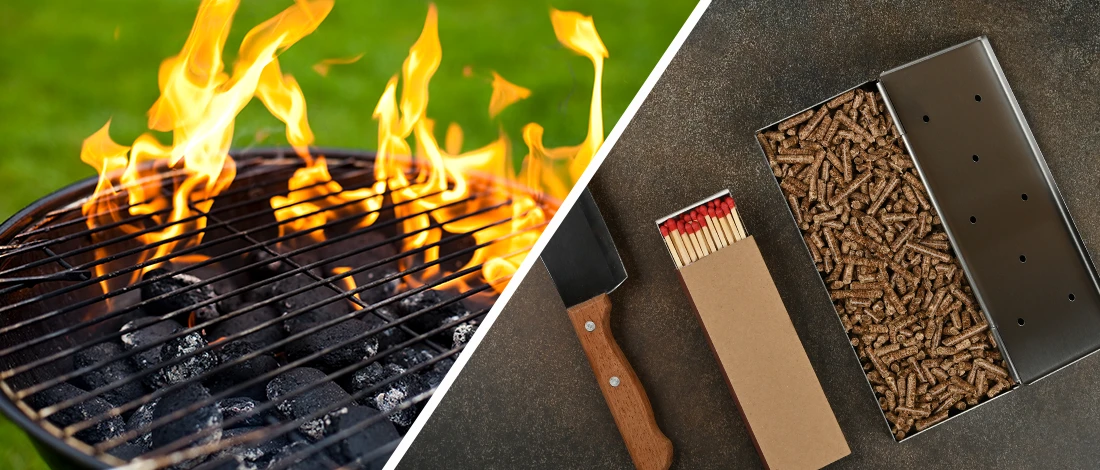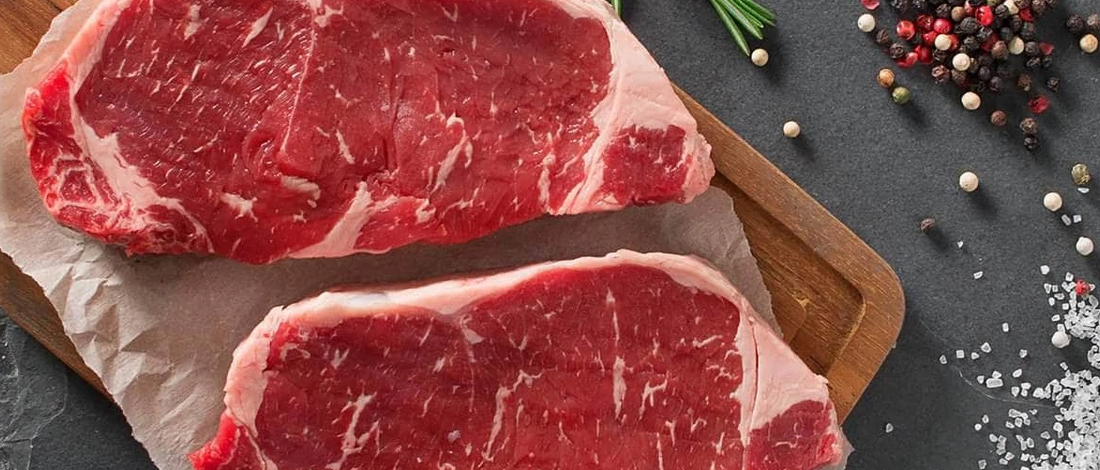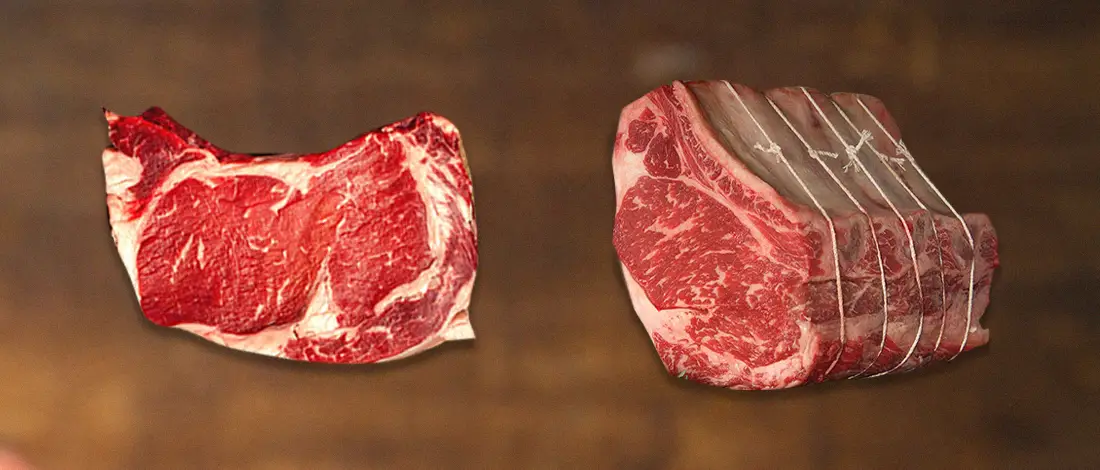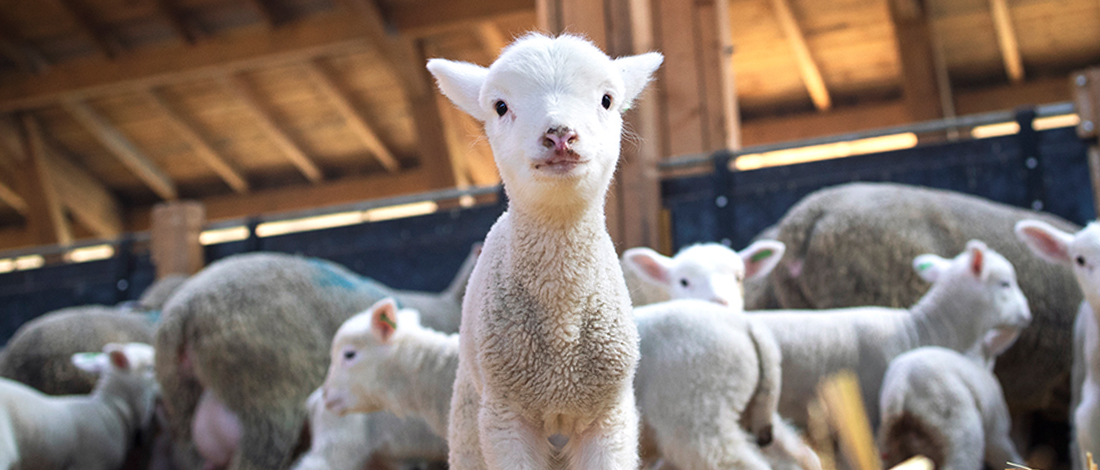For a long time, when a grill is mentioned, what comes to people’s minds is either charcoal or gas grill. But, in recent years, pellet grills have been gaining momentum.
At Carnivore Style, we keep up with the latest grilling trends to help you make the best choice for your meat cooking.
A friend recently asked me which one I’d recommend: a pellet grill or a charcoal grill.
To bring you a detailed comparison, I’ve relied on more than a decade of grilling experience, talked with other pellet grill and charcoal grill owners, and I’ve scoured the Internet for user reviews.
Here’s everything you should know about these two types of grills to make an informed decision. Let’s start the pellet grill vs. charcoal grill showdown.
Quick Summary
- Pellet grills use wood pellets for adjustable cooking and fuel efficiency, while charcoal grills use lumpwood or briquettes for higher temperatures and smoked flavor.
- Pellet grills are easier to use and maintain, while charcoal grills are more affordable and can reach higher temperatures.
- A 2020 study in the National Library of Medicine assessed the environmental and health implications of charcoal briquettes and lump charcoal used for grilling, finding that the majority of the 74 products tested contained up to 26.6% impurities [1].
- Both grills have pros and cons; charcoal offers rich flavor, while pellet grills provide varied smoky tones and consistent temperature.
6 Differences Between Wood Pellet and Charcoal Grills
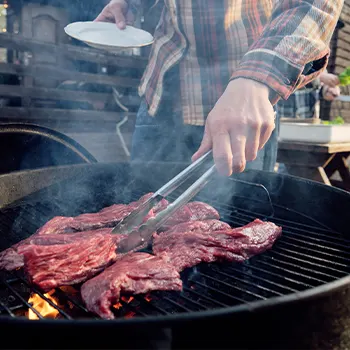
Deciding between pellet grills and charcoal grills can be difficult as the decision depends on several factors.
What these two types of grills have in common is smoking the food to add flavor.
Charcoal smokers are harder to use and more difficult to clean because they need real fire. However, many people prefer the smoke flavor they have. Also, since they get really hot, you can sear the meat.
On the other hand, a pellet grill works a bit differently. It's easier to use and gives you more options when it comes to design and fuel capacity.
They can’t get as hot as charcoal grills, but it's easier to adjust the temperature.
Let’s dive straight into the wood pellet grills vs. charcoal grills comparison.
I’ll talk about several factors you should consider before making your choice, such as flavor, ease of use, maintenance, and more.
1. Taste and Flavor
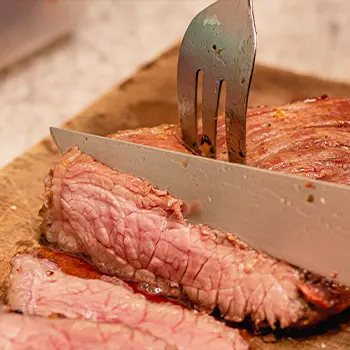
This is the biggest debate between BBQ and smoking fans, and it ultimately comes down to personal preference.
These two types of grills use different fuel sources, which affects the flavor of the meat.
Pellet grills use wood pellets fed through an auger, so you can expect a noticeable wood flavor in your meat.
Although people usually prefer charcoal smoked and grilled foods, wood pellet smoked flavors are more diverse.
And here’s the reason for that - you can use different kinds of real wood pellets in pellet grills, which results in different smoky flavor tones.
Another important distinction is that pellets burn cleaner than charcoal, which means pellets don't create as much smoke.
On the other hand, charcoal grills mostly use lumpwood for fuel and create a lot of smoke. The amount of smoke can even be increased if you use wood chunks.
If you’ve ever had food from gas grills, you know that you can’t get natural smoke flavor without wood chunks. This is where a charcoal grill excels.
One thing to keep in mind when cooking with a charcoal grill is the charcoal briquette manufacturer.
A lot of charcoal briquettes have chemical byproducts and are sometimes mixed with wood chips, which will give your meat an acrid flavor instead of natural smoke flavor [2].
To conclude, it comes down to the taste preference, both yours and the people you're cooking for.
That being said, most Americans grew up with charcoal smoked food, and the char-flavor is commonly used for burgers, hot dogs, and similar.
Most individuals prefer the rich, smoke-infused flavor that charcoal grills give. If you have a chance, try out meat cooked on both charcoal smokers and wood pellet smokers to decide which one works best for you.
Recommended Article: Best Charcoal for Smoking
2. Temperature Control
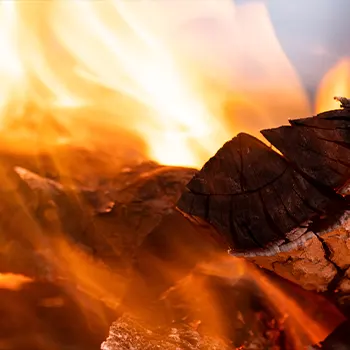
Both pellet smokers and charcoal smokers can reach cooking temperatures of 500°F, but there are huge differences in temperature control.
A 2020 study in the National Library of Medicine examined the effects of smoking temperature variations and duration on the quality of medium-ground sausages, finding that changes in the smoking chamber's temperature and smoking time significantly impacted the sausages' texture parameters such as hardness, springiness, gumminess [3].
Some grills are manual, while others are more high-tech and electronically regulated.
Temperature control is where a digital pellet smoker excels at.
These smokers can maintain consistent temperatures, and they are perfect for cooking low and slow as long as you know how to regulate temperature in a smoker. Just turn a dial to set the temperature. It works on the same principle as operating an oven.
You can pre-set the temperature, put the food in, and you’re all set. There’s no need to stay guard next to the pellet smoker while the food cooks.
Pellet grills' strong point is that they are very good at holding a steady lower temperature, but they have a more difficult time reaching higher temperatures.
A charcoal grill is a little more complicated to work with compared to a pellet grill.
Charcoal grills can get hotter more easily than wood pellet grills. Depending on the grill size and charcoal you’re using, some of these grills even achieve a temperature of 800°F.
But, they aren’t only good for higher temperatures. These grills can also burn low and slow, and you can use your grill as a slow smoker and cook at lower temperatures too.
To control the charcoal fire and temperature, you have to open and close the air vents located at the top and bottom of the grill. The more air flows through the grill, the hotter it will get, and vice versa.
“One of the common mistakes people make is adjusting the vents too much. They try to dial in the perfect temperature, and as a result, they end up choking off the fire, which reduces the oxygen and gives you smoldering acrid smoke.”
- David Parish, Adrenaline Barbeque Company
You’ll have to learn how to keep the charcoal grill hot and how to put it out safely.
Moreover, be ready to stay put next to a charcoal grill because you’ll need to keep an eye on the food.
Note: If you’ve never used charcoal grills before, be prepared for the steep learning curve when it comes to controlling the temperature. Since there’s no digital temperature readout, you’ll have to rely on meat probes, trial and error, and experience to get things right.
3. Versatility

A wood pellet smoker is primarily intended to be a smoker.
I’ve already mentioned that it’s difficult for a wood pellet grill to achieve and maintain a high temperature. Its main strength is cooking meat at lower temperatures. This is because pellets burn more quickly compared to charcoal.
Charcoal smokers win this round. You can use a charcoal smoker at both lower and higher temperatures.
You can grill steaks or burgers hot and fast or smoke food low and slow.
4. Ease of Use

When it comes to ease of use, this one goes to the wood pellet smoker. To use it, just fill the hopper with pellets and set up the temperature you want.
A wood pellet grill has an auger responsible for adding wood chunks to the firebox, where they burn.
If you turn up the desired cooking temperature, more pellets will go to the burn pot, which will create a hotter fire.
Charcoal grilling takes more work. You’ll have to use lighter fluid to light the charcoal and then wait for 20 to 30 minutes before the grill is ready to cook on.
If you’re a novice charcoal grill user, you’ll have to learn how to control the airflow to achieve the desired temperature and hotter fire. You can use a temperature gauge and probe the food with a thermometer to avoid undercooking or burning the food.
5. Maintenance

Maintenance and easy clean-up are equally important as ease of use.
Both types of grills have low maintenance costs. However, this round goes to wood pellet smokers because most models have built-in mechanisms that remove the ashes painlessly.
Even if you get a wood pellet smoker without this mechanism, ashes from pellet grills are lighter, both in color and weight, compared to charcoal ones.
They won’t leave a lot of permanent residues if you maintain the pellet grill timely and adequately.
Just give your wood pellet grill a clean-up every couple of cooking seasons.
On the other hand, a charcoal smoker is more challenging to clean and maintain if you don't know what to do with charcoal ash. A charcoal smoker has ashes which you’ll have to clean after each grill use.
Also, most charcoal ashes are darker, appear dirtier, and they’ll get you and your grilling equipment messy as well.
Recommended Article: How to Season a Charcoal Grill
6. Grill Costs
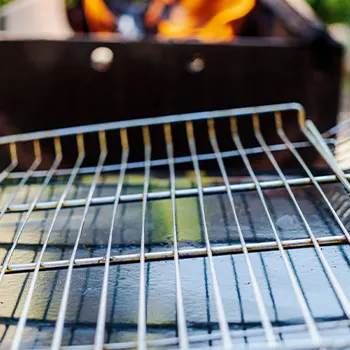
There are two kinds of costs you have to think about:
- Initial cost
- Operating costs
Propane grills, for example, can be very expensive to get, but the fuel costs make them more economical down the road, especially if you go for natural gas.
Initial costs of wood pellet smokers are higher compared to charcoal grills. The price of some wood pellet smokers can go up to $1000 (or even higher), while you can find charcoal kettle grills for as low as $100, or maybe even under.
Of course, the initial cost depends on the specific model, but charcoal smokers are more affordable in general.
Let’s talk about operating costs. For a wood pellet smoker, you’ll need to buy wood pellets. The high-quality wood pellets are more expensive, but they won’t jam the auger.
Apart from pellets, think about replacement parts you’ll need once the warranty is over. For example, a motor can cost up to $50.
As for charcoal grills, you can use:
- Charcoal briquettes — Inexpensive but can have chemical fillers and release a foul smell
- Lump charcoal — More expensive and can burn hotter. Many people opt for lump charcoal
Apart from ongoing fuel costs, you won’t have any other expenses with a charcoal grill. This is because it’s basically a chamber with a lid, so it doesn’t need much maintenance.
What are the Pros of Pellet Grills and Charcoal Grills?

Both types of grills are excellent choices if you are looking to upgrade your grilling experience, but they have different strong points. It is up to you to decide which grill type you prefer. Let’s take a closer look at each type’s pros.
The benefits of using pellet grills include:
- Ease of use
- Adjustable cooking temperature
- Temperature consistency
- Fuel efficiency
And here are some benefits you can expect from charcoal grills:
- Low cost of a kettle grill
- Extremely high temperatures are easy to achieve
- Added smoked flavor
- Less expensive fuel options
Recommended Articles:
What are the Cons of Pellet Grills and Charcoal Grills?

Carnivore Style's team experts have summarized the pros of both grills, and now, let’s talk about the cons of these grill types.
The cons of using pellet grills include:
- These grills run on electricity, so you’ll need an outlet nearby
- Not everyone likes the wood-smoked taste
- Once the hopper is loaded with hardwood pellets, you’ll have to burn them completely to be able to change wood flavors
And here are the disadvantages of charcoal grills:
- Most charcoal grills are difficult to clean up
- There’s a steep learning curve until you get the hang of the airflow
- They need constant supervision
References:
- https://pubmed.ncbi.nlm.nih.gov/32777507/
- https://www.thespruceeats.com/best-charcoal-to-use-in-a-smoker-336209
- https://pubmed.ncbi.nlm.nih.gov/33255586/


